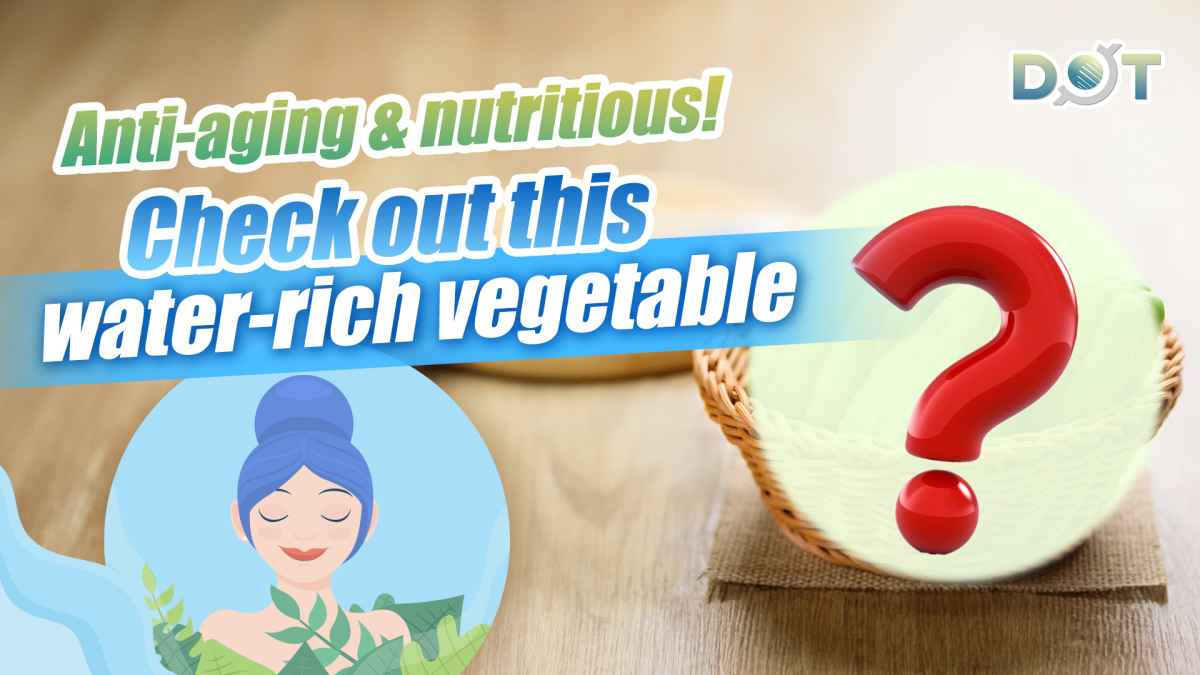
The sicyos edulis (chayote) is named after the five curled ribs in its fruit, which look like "Buddha's hand".
There are green-skinned and white-skinned types of chayote, of which the green-skinned chayote is more widely cultivated, can be eaten raw, but also can be used as a vegetable cooking food. Chayote is solid and seedless, with a 100% edible rate and 94.3% water content.
Chayote not only has sufficient water content, but its nutrients such as dietary fiber, vitamin B2, selenium, and folic acid content are good.
1. Dietary fiber
Chayote enhances satiety, promotes gastrointestinal peristalsis, and is very helpful in maintaining intestinal health.
Chayote insoluble dietary fiber for 1.2 grams / 100 grams, is 6 times the watermelon and cantaloupe, 1.5 times the papaya and honeydew melon, cucumber 2.4 times.
2. Vitamin B2
Chayote's vitamin B1 content is not very prominent, but its vitamin B2 content is 2.5 times that of watermelon and 5 times that of apples, even when compared with bitter melon among vegetables, Chayote's vitamin B2 content is still much higher.
3. Mineral selenium
Selenium is an essential trace element that is involved in regulating thyroid function, metabolism, and blood circulation, and also maintains normal immune function. The selenium content of chayote is as high as 1.45 micrograms/100 grams, higher than the vast majority of common fruits and vegetables, such as watermelon, cantaloupe, apples, peaches, cucumbers, pumpkins and so on!
4. Folic acid
Some data show that the folic acid content of fresh chayote is as high as 93 micrograms/100 grams, which is nearly 15 times that of apples. Eating 200 grams of fresh chayote can meet 47% of the average adult's daily folic acid requirements.
5. Flavonoids
Chayote is rich in flavonoids, which have antioxidant and anti-inflammatory effects and help to scavenge excess free radicals in the body. They also help to lower blood lipids and cholesterol, preventing atherosclerosis and other chronic diseases.
Among the different colors of chayote, green-skinned one has stronger antioxidant effects and free radical scavenging ability.
How to eat?
The easiest way to eat chayote, which is juicy and sweet, is to wash it and eat it directly. In addition, it can also be used for cooking. It can be sliced or shredded, stir-fried with meat or vegetables, cold or made into soup, and it can also be used for hot pot, and it can be wrapped in dumplings, and it can be used to make pickles.
Chayote's young fruits have better tastes. Better quality chayote has glossy fruit shoulder, shallow longitudinal grooves on the surface, and bright green, tender, not hardened skin.
How to store chayote?
Chayote is more resistant to storage, but more afraid of low temperatures.
Experienced people will put the chayote in the pottery storage in the late fall, and maintain the temperature at 5 ~ 10 ℃. In this way, chayote generally can be stored until the next year Qingming.
Related News:
Hanlu arrives, signifying shift to colder weather
Absorbing wisdom, literally: Is there any scientific basis for baby brain?




















Comment